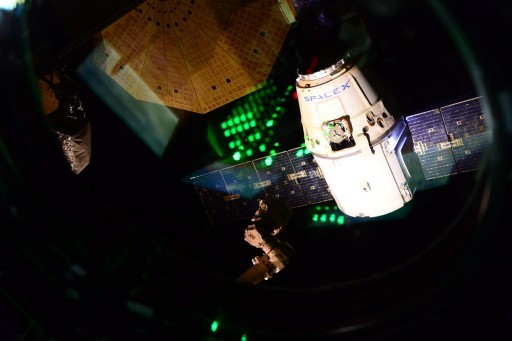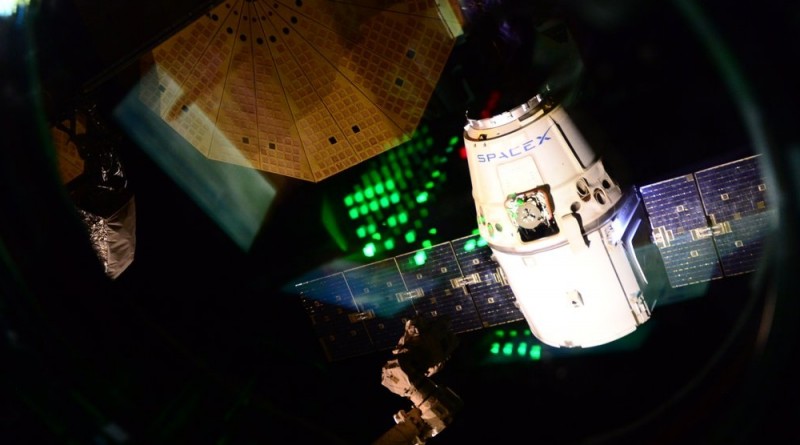ISS Operations Update – May 11, 2016

Experiments:
Meteor Software Image Loads and UltraBay Adapter Installation [The Meteor study, going by the full name of ‘Meteor Composition Determination,’ is the first of its kind to be deployed in space, solely focused on the analysis of meteors entering Earth’s atmosphere and pin-pointing their composition through their optical emissions when burning up in the atmosphere. Meteor research from Earth is next to impossible due to the frequency of meteor events over any given location and the interference created by Earth’s atmosphere (ozone absorption). On ISS, however, crews can spot meteors every couple of days, making it a suitable platform to test out equipment for the study of meteors.]
Fine Motor Skills [Fine Motor Skills uses a tablet touchscreen application to monitor degradation in fine motor abilities over the course of an extended exposure to microgravity. A drop in fine motor skills can lead to problems when crew members are tasked with medical treatment, repairing sensitive equipment and interacting with touch-based equipment. Tests utilized by this study include multidirectional pointing, dragging, shape tracing, and object manipulation to create a knowledgebase that will allow scientists to evaluate the risk of fine motor performance decrements due to long-duration exposure to microgravity.]
Dose Tracker [Dose Tracker uses logs kept by crew members on the frequency of medication intake before, during and after a mission also with regards to side effect qualities frequencies and severities. This data is needed to address theories of medication ineffectiveness during flight and unusual side effects experienced in the flight environment.]
WinSCAT Experiment Session [MedOps WINSCAT (Spaceflight Cognitive Assessment Tool for Windows) is a computer based psychological evaluation that investigates concentration, verbal working memory, attention, short-term memory, spatial processing, and math skill of humans exposed to microgravity for extended periods of time.]
BAR Experiment Operations [The BAR suite of science instruments is used aboard ISS to perform problem area monitoring inside the Russian Segment in order to extend the Station’s orbital lifetime. KPT-2 includes temperature, humidity and acoustic measurements.]
Integrated Resistance and Aerobic Training Study (Sprint) [This study evaluates a high-intensity, low-volume exercise protocol to minimize the loss of muscle, bone and cardiovascular function but also minimizing the time spent with daily exercise. To asses the protocol, crew members conduct regular measurements of VO2max, heart rate (HR) response to submaximal exercise and ventilatory threshold. Monthly ultrasounds of the thigh and calf are used to evaluate spaceflight-induced changes in the muscle volume. Post-flight data on muscle and bone mass is compared to pre-flight measurements and to data from control subjects that use the regular exercise protocol.]
Other Activities:
Nominal Inspections/Servicing Tasks (Morning Inspection, Caution & Warning Panel Check, Sozh System Maintenance) (Russian Crew)
Ku Communications Unit 1: The Audio Video Interface Card failed to diagnostic causing a temporary loss of video downlink and two Space to Ground channels. The system was reset and all links were recovered nominally.
Common Communications for Visiting Vehicles (C2V2) Checkout – Video Testing
Intermodule Ventilation (IMV) Reconfiguration: Installation of IMV Duct Tree in Pressurized Mating Adapter 1
Cygnus Cargo Operations
Life on Station – PAO Video Collection
Dragon Unberthing and Release

